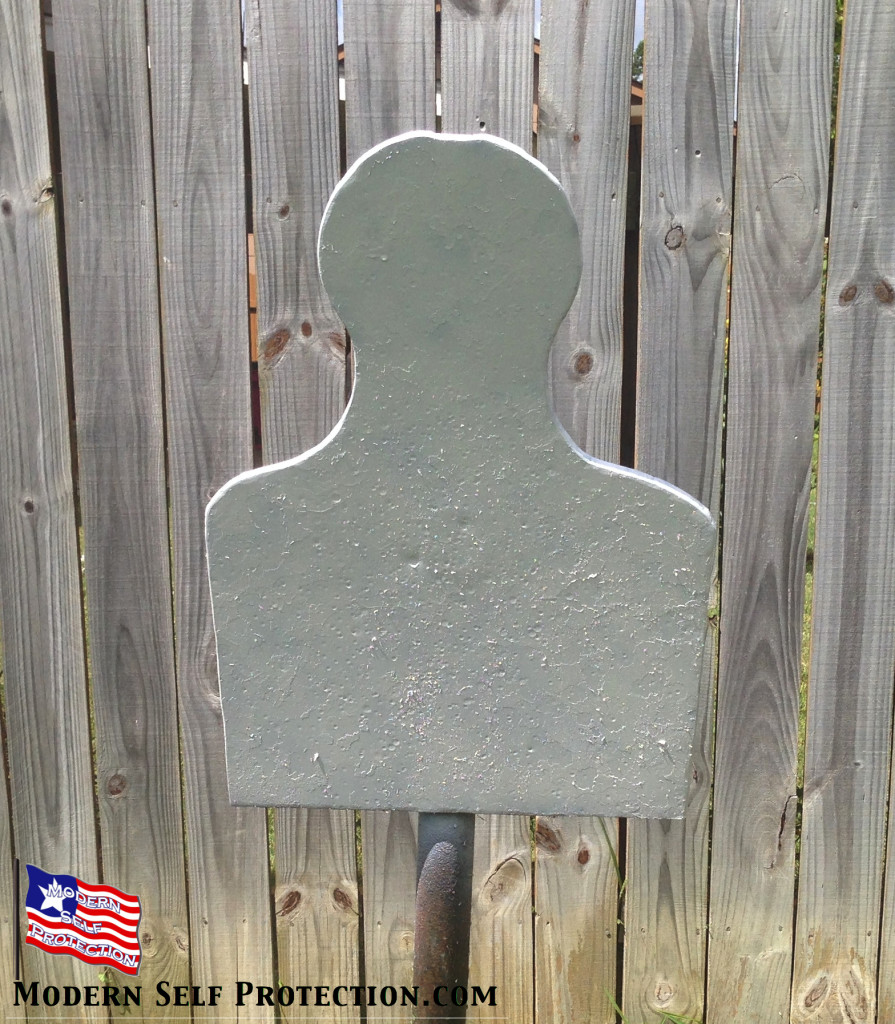
Everyone wants to know, and I get asked a bunch, what’s the minimum standard I should shoot for? This question is asked for self-defense handgun, rifle, and hand-to-hand.
The answer is there isn’t one.
All you have to do is be better than the person or persons attacking you when the ball drops. The problem is you can’t figure out who that person or persons will be or what their skill level will be. If you even knew where you would be attacked you could when everything.
As self-defense operators these are the things we can’t know.
When I went to invade Iraq with the Marine Corps in 2003, I knew who we were up against, what their skill levels would be, and a lot of their tactics and how they like to fight.
To translate that to self-defense, that’s like me telling you for sure, you are going to be attacked in one of these four locations by this many people and they are going to attack you in this way.
The military actually has a big advantage in fighting. They know when, where, and with whom. We, the self-defense operators, have to be prepared for anyone, anywhere, at any time. It’s a lot.
A minimum standard that would allow you to win any fight would be a great thing to have. But it’s just not going to happen. You need to be as good as you possibly can be. That will give you the best chance for survival.
You also have to train on more things then just using a gun.
Your shooting is probably only 10% of solving your problem when someone is trying to kill you. Seeing what is going to happen in advance would give you a great advantage. Being able to maneuver would give you a great advantage. And being able to have tactical patience would all be great things to have.
If you could see who the bad guys were and see them coming before they attack you it gives you unlimited options to deal with the situation. To the point you would almost be laughing at the bad guys when they try to do harm to you. Get your head up and learn awareness. Ask “why is this person here?” And try to answer that question. Then watch a little and see if you were right. If you can get good at this, you will check people off the possible threat list so fast that there will only be a couple people left out of hundreds that you have to worry about. Practice this more than you would with your firearm.
Can you move and shoot? Can you move and fight? Can you move and draw? Can you move in an arc around people to get a better view of what is happening? Can you walk by someone that is trying to talk to you? Being able to move keeps people from pinning you in one spot and dropping a trap on you. It takes some practice to move and fight at the same time. It also takes practice to be an ass and keep walking when someone is trying to talk to you. Work on it! Move away from people while they are trying to talk to you. Move in an arc around them and keep going while keeping an eye on them and looking for anyone else that is with them.
When I worked for an Armored Car Company delivering large amount of money, I got good at this. I don’t know who told me when, but I had a simple rule; No one stops me when I have money. I was so into this rule that I did it to my own grandmother once when she was at a restaurant we delivered money to. I said hi and waved as a I walked by. I did put the money in the truck and came back to say hi and talk to her for a minute. I’m not that mean. But you see the point.
Use tactical patience to gain the advantage. Sun Tzu in The Art of War, “He will win who knows when to fight and when not to fight.” John Correia of Active Self Protection says, “Wait your turn!” You have to take a breath. If the person is not actively trying to kill you (i.e. shooting at you or hitting you), you have a moment to look at the situation and figure out when is a good time to fight back. Pick the time that is most advantageous to you and the least advantageous to the bad guy.
Can you discretely draw your gun? Can you do it without a flare of motion? Have you practiced it? Use tactical patience and slowly and easily draw your self-defense weapon and have it ready before the bad guy can use theirs on you.
I know you read all that and still want a minimum standard on draw time and accuracy so you know if you are good enough or not.
Instead I give you these things to work on:
- Play the “what if game” all the time
- Ask “Why is this person here?” and figure out if you were right
- Get bigger, stronger, faster, and harder to kill in the gym
- Learn the law to be harder to convict
- Learn a self-defense hand-to-hand art and then keep reaching for a higher belt/level
- Pick a measure with your firearm for speed and accuracy, now continue to get better
- Study what has happened in the past so you understand the tactics and mindset of the bad guys you may face
Stay Safe,
Ben